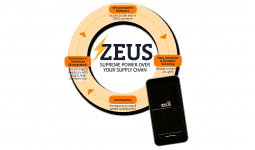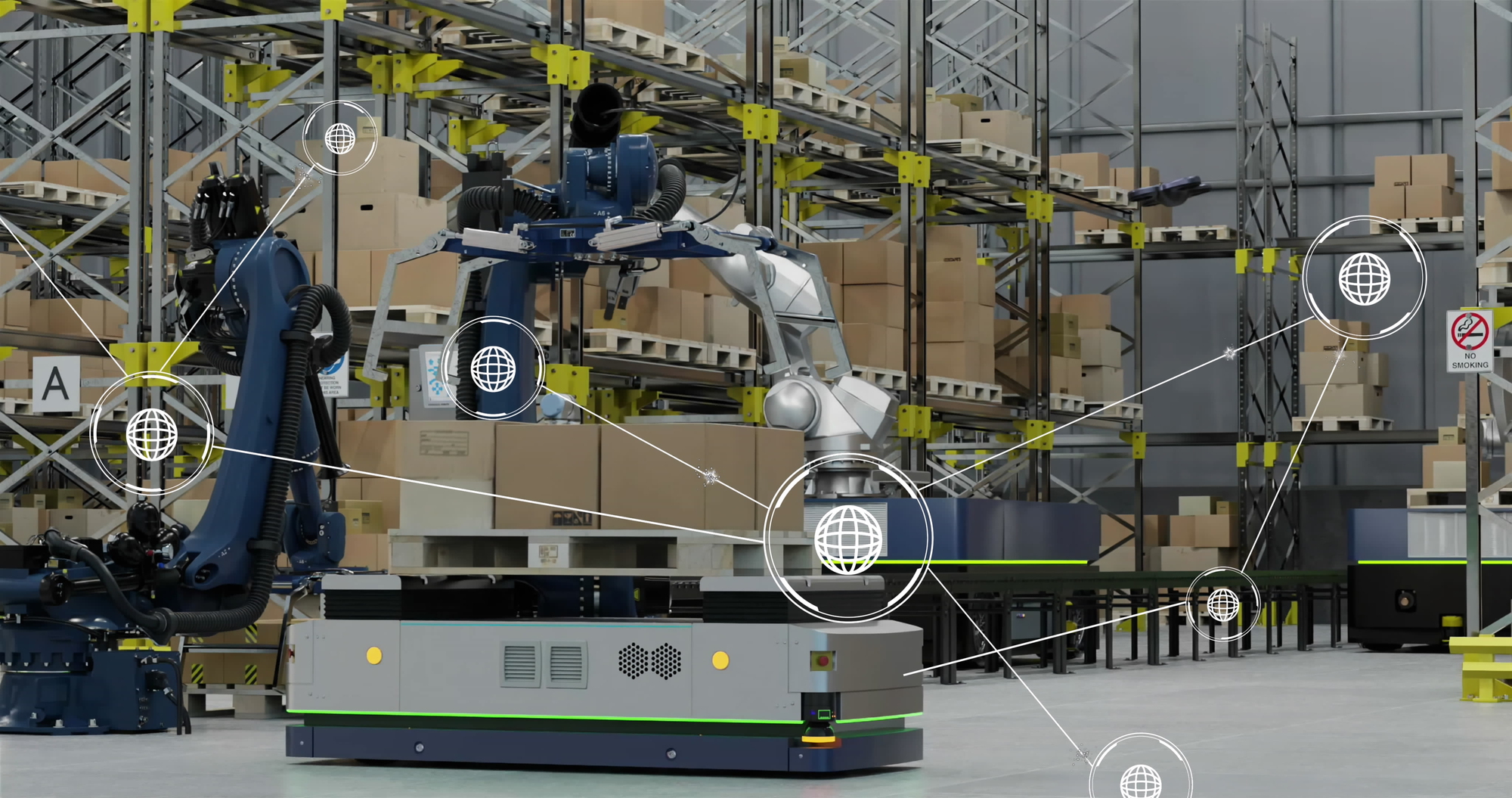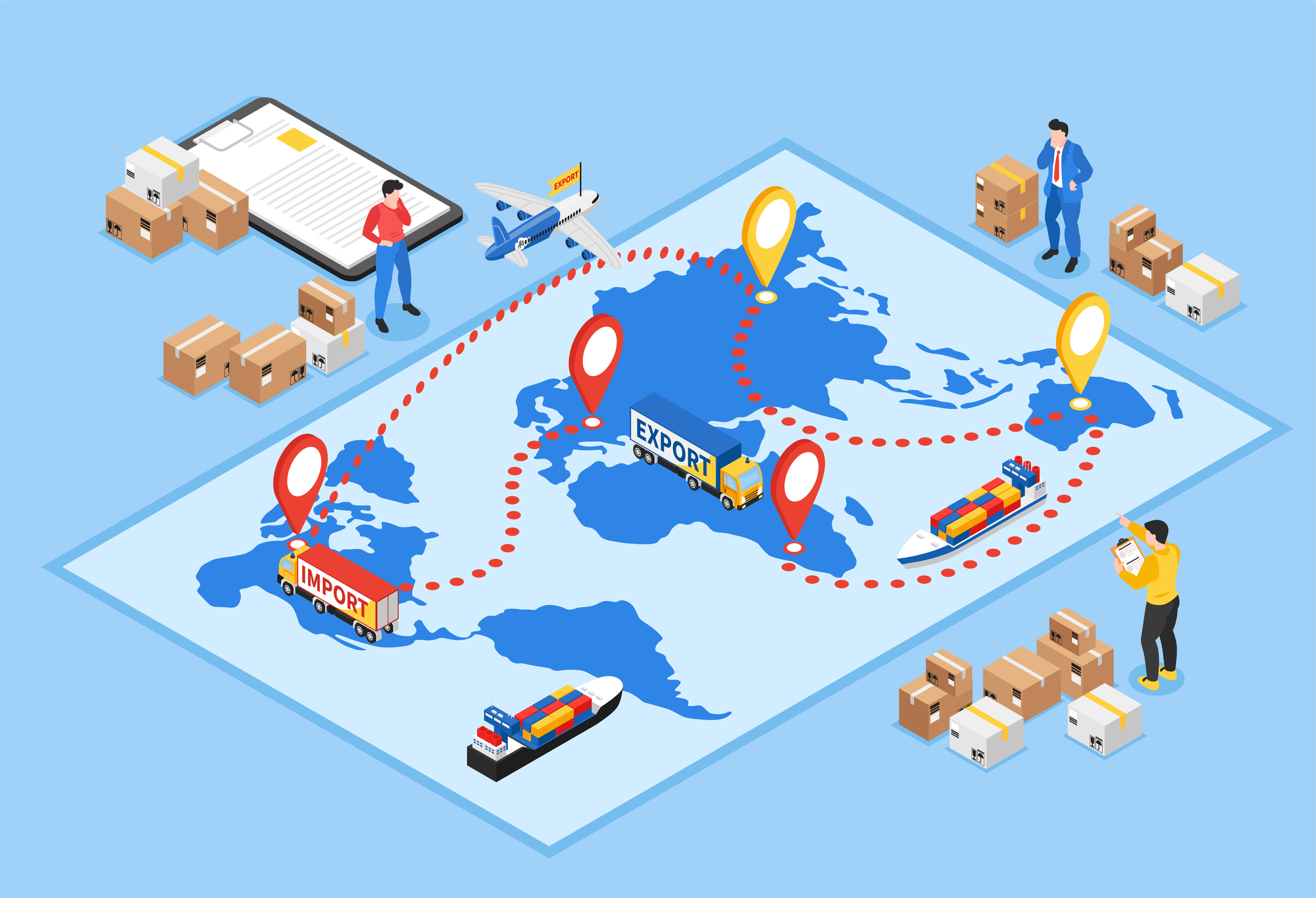Today’s maintenance, repair, and operations professionals have access to a plethora of advanced technologies that automate processes, simulate market scenarios, and drive optimal decisions. The emerging fourth industrial revolution empowers companies to generate, collect, and employ more information than ever before. Properly analyzing that data and managing those resources can enable MRO managers at manufacturing firms, multi-site retailers, last-mile logistics providers, and other supply-chain professionals to make more strategic decisions. Integrating human abilities with artificial intelligence, merging data science with historical trends, and migrating practical routines to cloud platforms are all part of Industry 4.0. To take full advantage of these breakthroughs, however, supply chain teams must create fully connected supply chains that govern production, warehousing, procurement, distribution, and finance.
The connected MRO supply chain
Connected MRO supply chains represent one of Industry 4.0’s most promising developments. As manufacturing companies continuously hunt for cost-cutting and productivity innovations, fully connecting the MRO supply chain creates synergies among all components of the logistics ecosystem. More detailed, comprehensive, and holistic than simply integrating business functions, connected supply chains incorporate digital technologies, physical assets, and strategic partners to provide end-to-end visibility and precise controls. Connectivity eliminates information bottlenecks and creates a single version of truth that guides all decisions. All contributors to the company’s mission – human, mechanical, and digital – operate not only in tandem and in sync but as a single unit. When executed perfectly, a connected MRO supply chain will deliver benefits that extend to all company divisions and initiatives.
Connected supply chains are not only possible, but indispensable in today’s business climate. Several recent developments have propelled MRO connectivity from “nice to have” to “must-have” status:
- Monitoring and data sharing, thanks to the internet of things, that transcends standard and preventative measures. MRO teams now can analyze metadata, trends, and cost/benefit analyses to enable more precise and strategic use of predictive maintenance that extends the lives of critical parts, minimizes equipment downtime, and reduces inventory costs.
- Artificial intelligence that precisely counts critical parts and tracks consumable usage to bring fully transparent enterprise inventory visibility across facilities and departments. AI can determine optimal inventory levels for every SKU, evaluate delivery times, and trigger reorders to maintain optimal levels, take advantage of lowest-cost vendors, eliminate off-contract and unauthorized purchases, and reduce invoicing errors and duplication.
- Structured and unstructured data can now be collated, normalized, shared throughout the MRO supply chain and with stakeholders throughout the organization. For instance, ZEUS, SDI’s analytics platform, connects MRO supply chains and makes the data that runs them more accessible. The platform collates data from all pertinent sources, delivered in disparate formats, aggregates, cross-references, and confirms its accuracy. It then makes the necessary calculations and displays the metrics MRO departments need to make practical real-world decisions, predict demand, schedule maintenance, and enhance productivity.
Benefits of a connected MRO supply chain
Leveraging connected supply chain resources gives MRO leaders fully transparent, real-time insights, and complete control over events, strategic sourcing, smarter inventories, and improved flow of data – which ultimately informs better decision-making. With complete, accurate, accessible data and end-to-end connectivity, MRO can transform sourcing, scheduling, inventory, and other critical decisions from transactional to strategic. A connected, digital supply chain makes information actionable and empowers firms to consolidate efforts for more efficient use of resources to respond to business challenges and opportunities.
Organizations that are willing to commit to innovation, entrepreneurship, and flexibility will realize the promises the connected digital supply chain offers. Visibility, transparency, and efficiency are only the beginning. The long-term benefit is a culture shift to one of continuous improvement, a focus on the internal and external stakeholders who depend on and contribute to organizational success.
The lessons to be learned from connecting the MRO supply chain are applicable across the organization. The same data-informed techniques and tools that optimize processing lines and warehouse organizations can collect and implement performance data to improve quality, safety, hiring, training, vendor management, and metrics in every department.
Connecting the supply chain, however, is a journey, not a destination. SDI advises clients to start small, so they don’t get overwhelmed or paralyzed by the long-term vision. Identify a small project and achieve a few small wins to build confidence and momentum. From there, it’s relatively easy to scale quickly. Iterate those early success and apply the lessons learned to larger projects for long-term gains. As in any revolution, not every initiative will work. Learn to fail fast and not waste time on moribund projects. Learn from mistakes and keep moving forward.
Now is the time
The COVID-19 pandemic has accelerated the urgency in starting to connect your MRO supply chain. Disruptions in productions transportation, and logistics highlighted the importance of redundant supply sources, manufacturing agility, and data accessibility. Moving forward, connectivity will be a prerequisite for doing business. Manufacturing companies will need it to be confident that they can obtain the MRO supplies and production inputs they need and the insight they need to match activities to demand and market dynamics. Traditional demand signals no longer apply but connected supply chains can make sense of the data and help develop new systems to interpret it. This will lead to fuller understanding of inventory levels, production schedules, and the other crucial logistical components that can bring order to supply chains and guide decisions.
SDI’s comprehensive supply chain as a service brings together the knowhow, technology, and best practices to expand companies’ MRO expertise and reach. After nearly a half-century of MRO expertise, SDI can show you how to connect all aspects of your supply chain:
- Data-driven insights
- Maverick spend control
- Vendor consolidation and diversification
- Contract compliance
- Targeted, predictive maintenance
- Inventory control
Contact SDI for a demonstration of what we can do for you.





